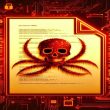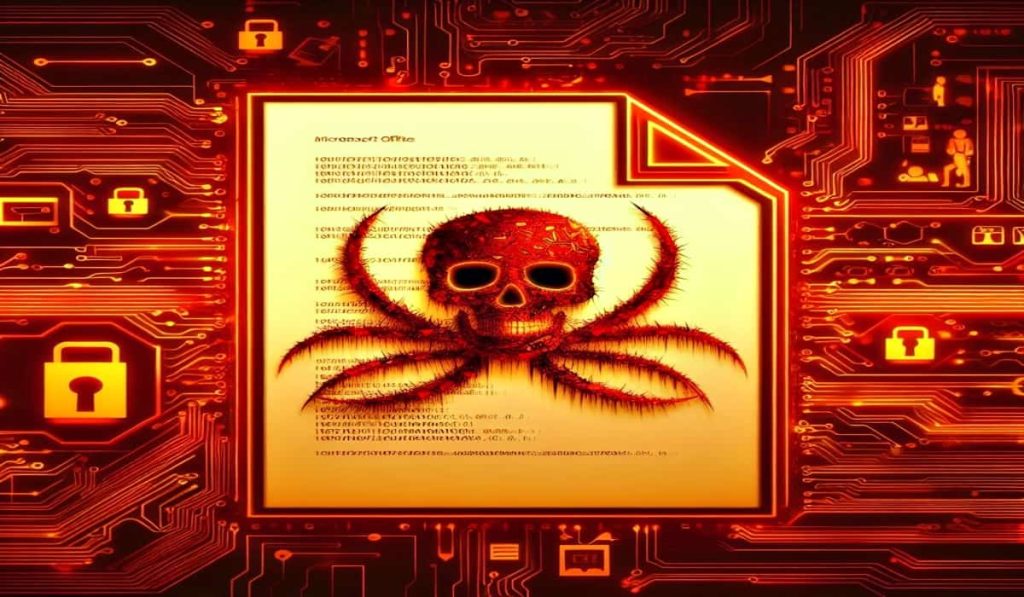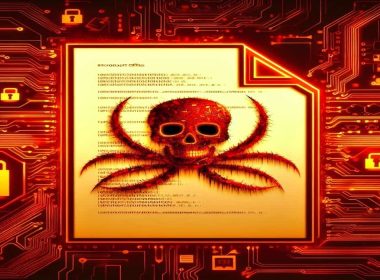Latest News
7-Year-Old 0-Day in Microsoft Office Exploited to Drop Cobalt Strike
Hackers are dusting off old tricks! A recent attack exploited vulnerabilities in systems running outdates Microsoft Office to deliver Cobalt…
Feds Bust Privacy-Centric Samourai Wallet Over BTC Money Laundering
The official website of Samourai Wallet has been seized, while its official app on the Apple Store and Google Play has been removed.
Ensuring the Security and Efficiency of Web Applications and Systems
As the number of applications and systems used in businesses grows, so do the threats and vulnerabilities that can lead to unauthorized…
Integrated Residential Security Solutions to Employ in 2024
In 2024, integrated residential security solutions are vital for comprehensive protection against evolving threats, safeguarding homes and…
AeroNet Wireless Unveils 10Gbps Internet Plan in Puerto Rico, Revolutionising Telecom Industry
AeroNet Wireless is revolutionizing internet connectivity in Puerto Rico with the launch of its groundbreaking 10Gbps plan, the first of its…
NDR in the Modern Cybersecurity Landscape
The role of Network Detection and Response (NDR) in cybersecurity. Learn how NDR tools empower organizations to tackle evolving threats effectively.
Google Patches Critical Chrome Vulnerability and Additional Flaws
Using Google Chrome? Update your browser to the latest version right now!
Popular File Transfer Software CrushFTP Hit by Zero-Day Exploit
Popular File Transfer Software Hit by Zero-Day Exploit: Millions Potentially Exposed – Install Patches Right Now!
Dexalot Announces Launch of Its Central Limit Order Book DEX on Arbitrum
Central limit order book (CLOB) decentralized exchange Dexalot has announced it is launching on Arbitrum. The move marks the first step in…
Russian APT28 Exploiting Windows Vulnerability with GooseEgg Tool
Update Windows Now or Get Hacked: Microsoft Warns of Actively Exploited Vulnerability!
Popular Keyboard Apps Leak User Data: Billion Potentially Exposed
Popular keyboard apps leak user data! Citizen Lab reports 8 out of 9 Android IMEs expose keystrokes. Change yours & protect passwords!
Nespresso Domain Hijacked in Phishing Attack Targeting Microsoft Logins
Coffee with Double Brew of Trouble!

















